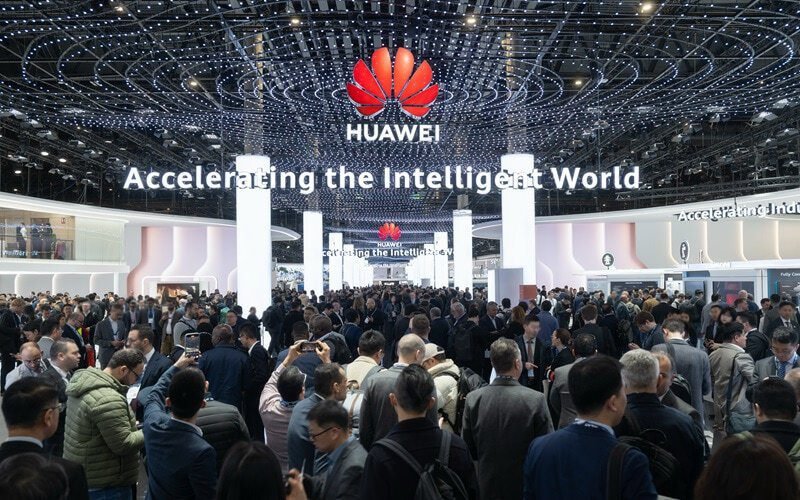Huawei closed 2024 on a high note, reporting a significant revenue increase despite ongoing challenges from U.S. sanctions. The tech giant saw its revenue climb 22.4% year-over-year to 862.1 billion yuan ($118.2 billion), making it the second-best performance in the company’s history. However, its net profit dropped by 28% to 62.6 billion yuan due to expanded investments in research, development, and strategic expansion.

Betting Big on Innovation and Expansion
Over the past year, Huawei has doubled down on new technology investments. The company poured 179.7 billion yuan into R&D, focusing on areas such as artificial intelligence, cloud computing, and automotive technology. This effort is part of Huawei’s broader strategy to build a self-sustaining ecosystem as it continues to face restrictions on accessing advanced semiconductor chips from the U.S.
Huawei’s digital power segment, which includes renewable energy solutions and electric vehicle technology, saw a 24.4% revenue jump, bringing in 68.7 billion yuan. Meanwhile, cloud computing revenue rose 8.5% to 38.5 billion yuan, reflecting strong enterprise demand. A standout performer was its Intelligent Automotive Solution unit, which skyrocketed 474.4% in revenue growth, reaching 26.4 billion yuan as the company made deeper inroads into the smart vehicle sector.
The Smartphone Comeback Story
A major highlight of Huawei’s resurgence has been its smartphone division. Once a global leader in mobile devices, the company’s market position had weakened due to sanctions limiting access to crucial chips and Google software. However, a semiconductor breakthrough in China allowed Huawei to regain momentum, launching high-end smartphones that have performed exceptionally well in its domestic market.
The company’s smartphone shipments in China surged 37% in 2024, pushing its market share from 12% to 16%, according to Canalys. This resurgence directly impacted competitors like Apple, whose market presence declined. Huawei’s aggressive push into premium smartphone offerings, including its first-ever trifold handset, has contributed to its growing dominance. Additionally, the introduction of HarmonyOS 5, a completely self-developed operating system free from Google’s open-source Android, marked a turning point in its software independence.
Telecommunications & 5G Advancements
While the consumer business played a major role in revenue growth, Huawei’s core telecommunications division remained its biggest earner. Its ICT infrastructure segment, which includes carrier networks and telecom equipment, generated 369.9 billion yuan, reflecting a 4.9% increase from the previous year. The company credited this growth to the commercial rollout of 5.5G (or 5G Advanced), the next-generation networking technology that enhances speed and connectivity.
Huawei continues to be one of the world’s largest providers of telecommunications equipment, with demand rising as carriers expand their 5G networks. However, geopolitical tensions and trade restrictions still pose obstacles to its global reach.
Future Outlook: Aiming for Sustainable Growth
Looking ahead, Huawei is determined to push boundaries in technological innovation. Rotating chairwoman Meng Wanzhou reinforced this vision in the company’s annual report, stating, “Despite global economic uncertainty, we will continue investing in foundational technologies and seek new opportunities through differentiation.”
As Huawei strengthens its position in China and diversifies into new business areas, the challenge remains whether it can achieve similar success internationally. With ongoing restrictions limiting access to high-end chips and global software ecosystems, the road ahead is uncertain—but Huawei’s 2024 performance signals that it is not backing down anytime soon.
















